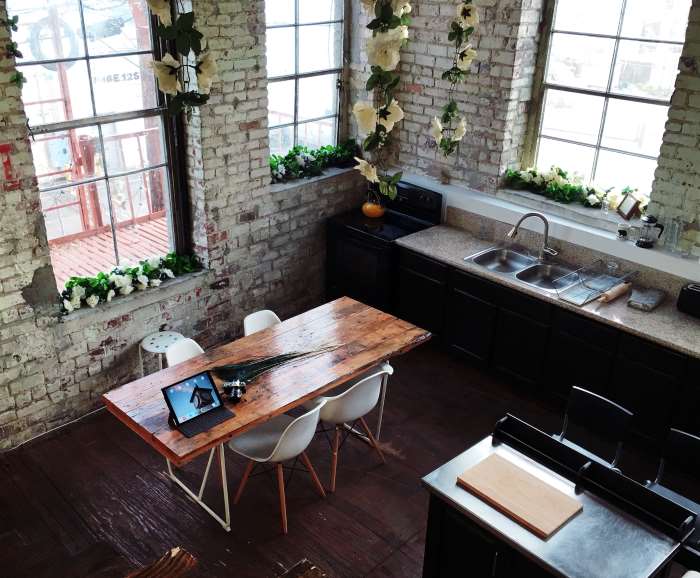March 2014
Crowd Sourcing

A complex and multivaried pursuit such as amateur radio offers much to a wide variety of interests. Last month’s survey of club members revealed a notable interest in Ham radio as electronics among some, and more of an interest in operating among others.
Here’s some numbers to back that up: 32% reported an interest in home-brewing and kit-building, 26% in radio theory, 21% in circuit design, and 18% in experimentation. I imagine there’s a lot of overlapping interests represented in those numbers.interest in Ham radio as communication among others.
Here’s an idea. Those who want to participate can join in a group effort to design, build, and test drive a small, single-band, and low power transceiver. There’s lots of designs available for such a rig, but that’s not the point. The point is that those who wish can join in a group project that nevertheless offers lots of room for individual ingenuity. Tentatively, we could call it the “Rogue CS-20” (or whatever band we decide on).
The “CS” stands for “crowd sourced,” a method of collaboration that blends individual motivations with community benefits.
Huh?
Well, it’s not really as highfalutin as it sounds. It’s very common among programmers, especially those who contribute to open-source projects as with GNU and Linux. Perhaps the most commonly-used crowd-sourced project is Wikipedia. It’s written and edited by volunteers, and it encourages collaboration. Hams can do this kind of thing, too.
A transceiver design, for example, is a natural for this kind of work. All radio designs (and pretty-much everything else) are created from a block diagram, and each block can be designed, built, and tested separately— as an individual effort.
Ultimately, each block would be integrated into the whole. Starting with a set of agree-upon requirements such as impedance matching between blocks, signal-gain distribution, and power loading, each designer comes up with something that works by itself, and that works with all the other blocks. It’s an iterative process, but then what emerges would be a new design with our fingerprints all over it.
For the March mid-month Workshop, let’s come up with a set of features we’d like and then work on a block diagram. If we do a little prep before the Workshop, we could even divvy up the blocks. When our crowd-sourced transceiver is ready, we can produce any number of them for our testing and use, and as a number of other clubs around the have done, we could offer theRogue CS-20 as a kit.
If this idea interests you at all, let’s do this. It’ll be fun.
